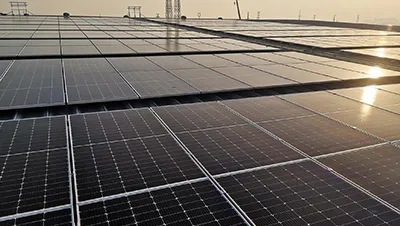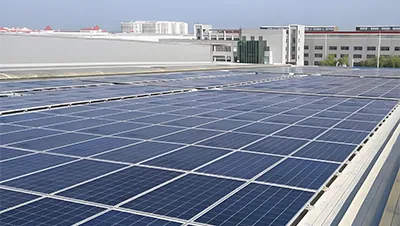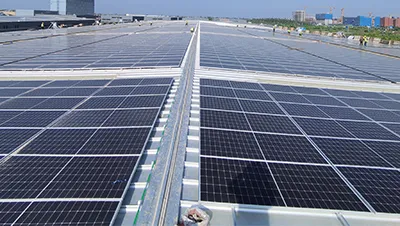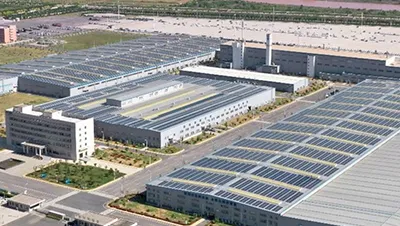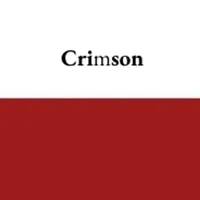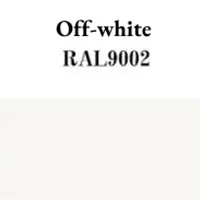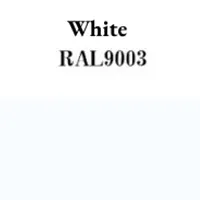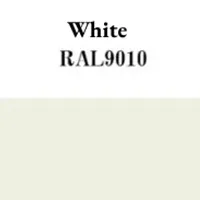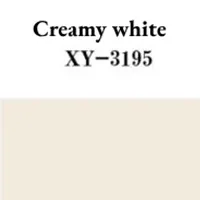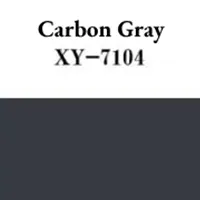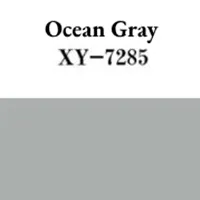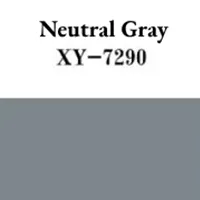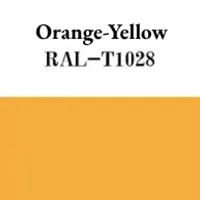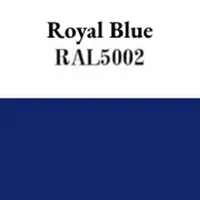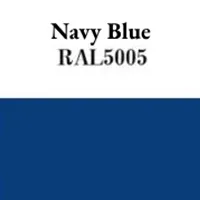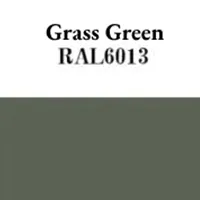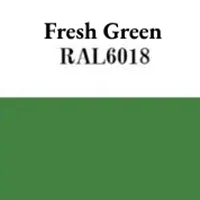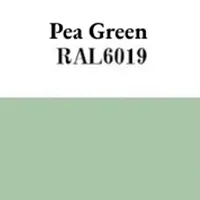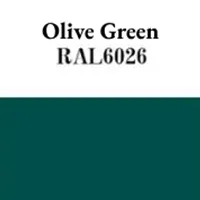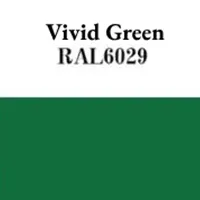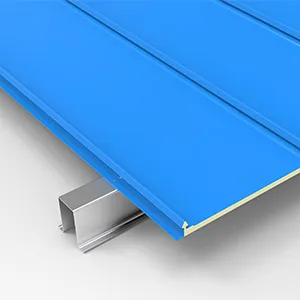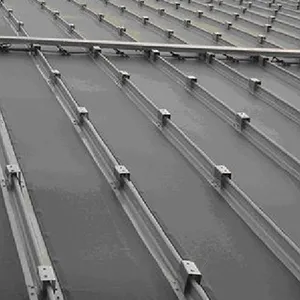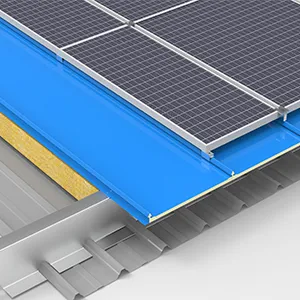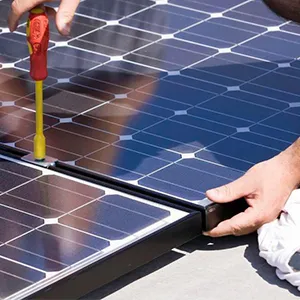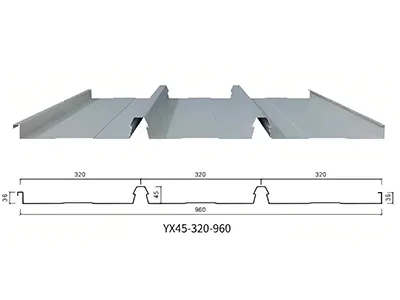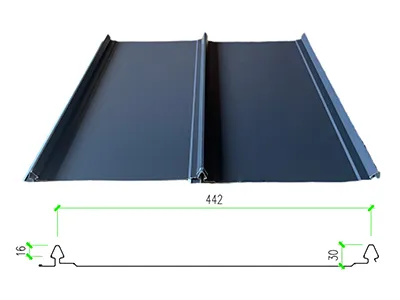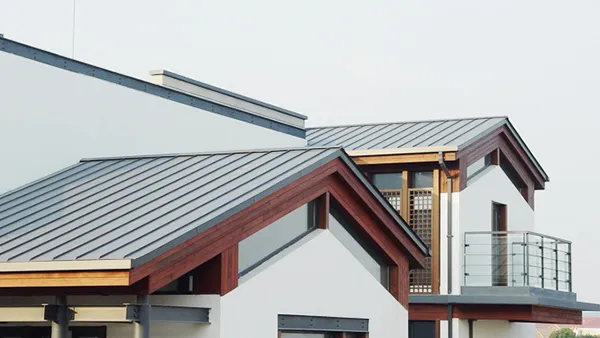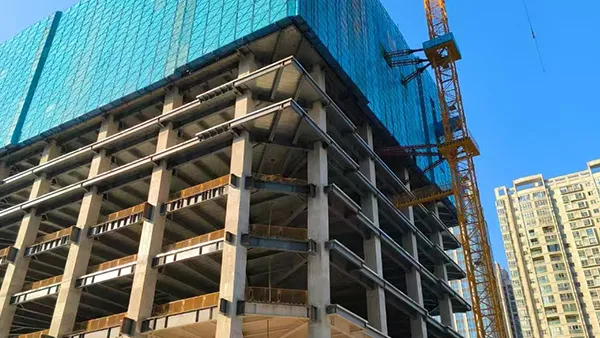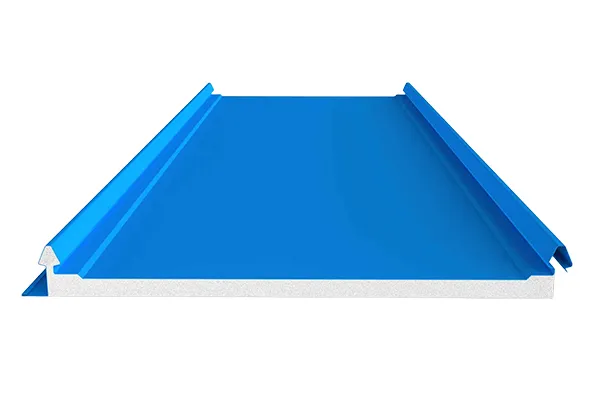

Sandwich Roof Panels (Good Cladding@)
PUR/PU insulated roof panels designed for the rail-less mounting of photovoltaic panels without drilling, meeting the requirements of thermal and acoustic insulation
- Effective width: 430mm
- Length: 1m-12m (customizable)
- Sandwich panel thickness: 20mm
- Metal sheet thickness: 0.4mm-0.7mm
- Core material: Rigid polyurethane (PUR/PU)
- Metal sheet material: Galvalume steel sheet, titanium zinc sheet, Al-Mg-Mn alloy sheet
These newly developed insulated metal roof panels are designed for photovoltaic projects, providing both structural support and reliable insulation. They combine thermal protection, noise reduction, and a clean decorative finish in a single solution. The ribbed interlocking system allows solar modules to be fixed with special clips instead of drilling, protecting the roof and lowering installation costs on large-scale projects.
These insulated metal roof panels can be used in both industrial and residential roofing projects. They are also suitable for public buildings such as schools, hospitals, shopping centers, and community housing. In addition, they are widely applied in roof renovations for old factories and the upgrading of existing buildings.






